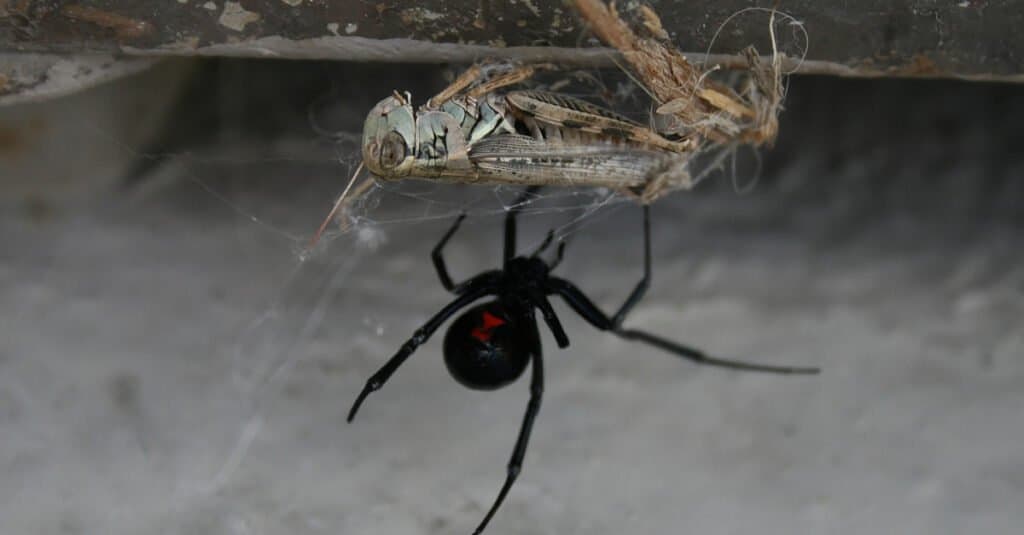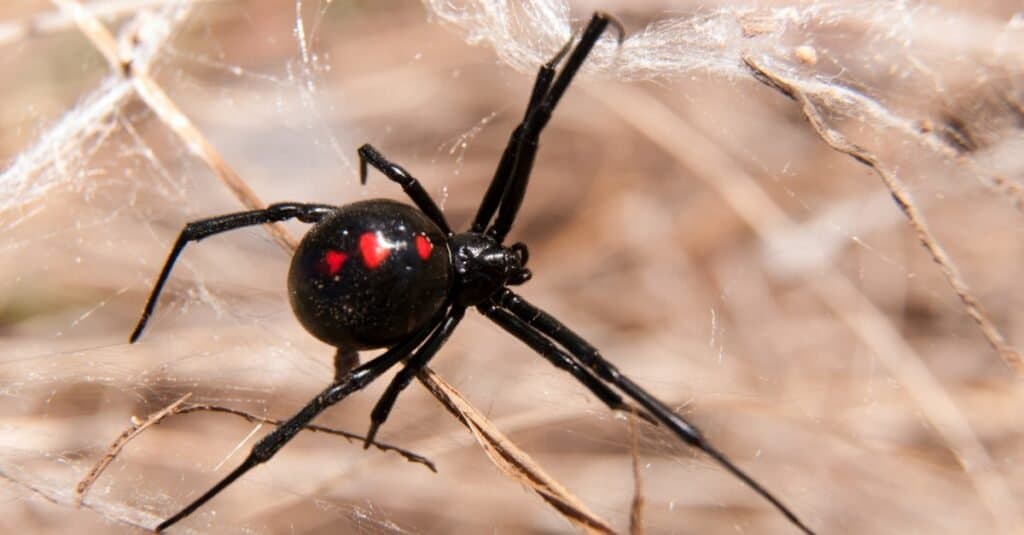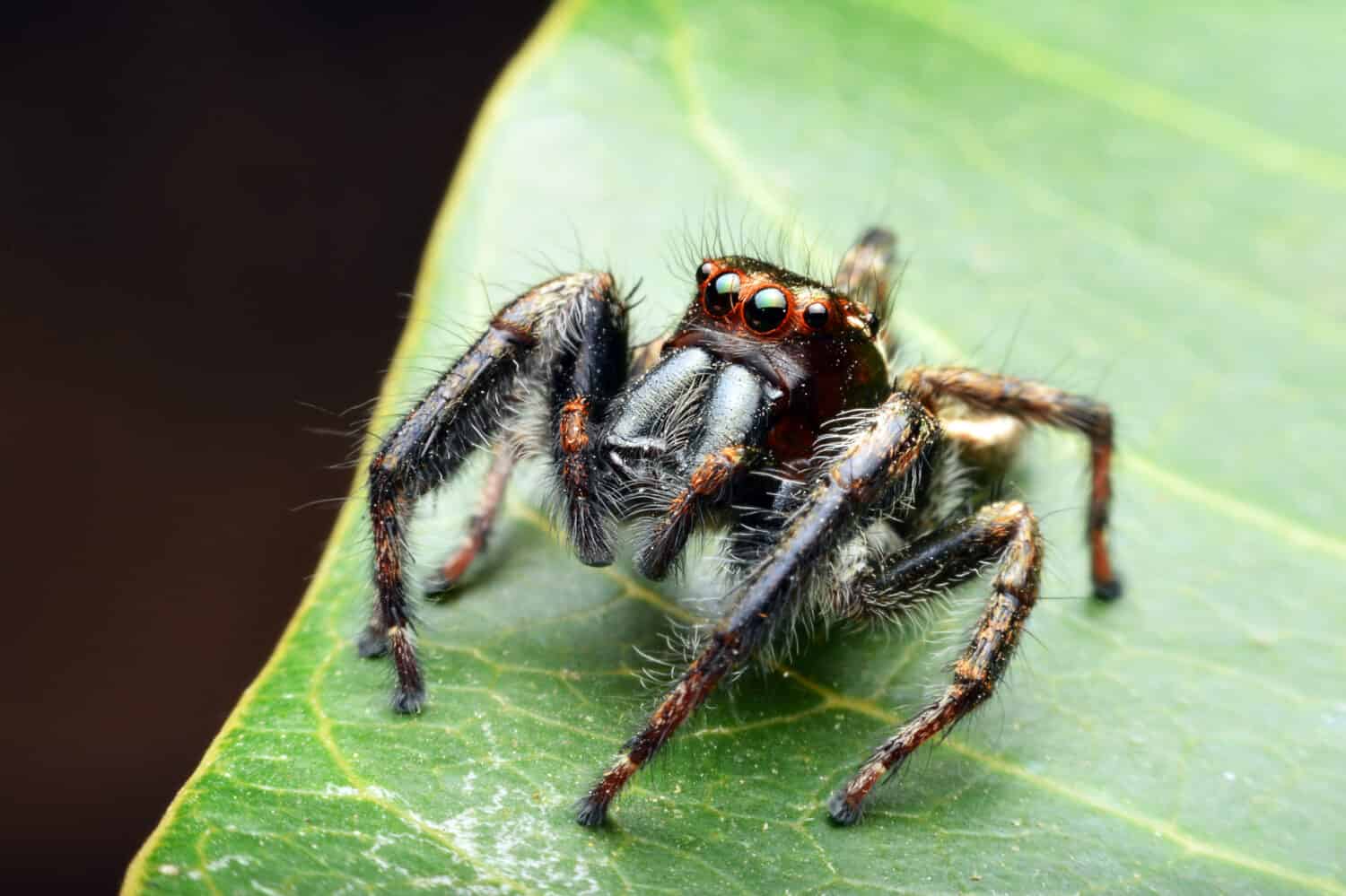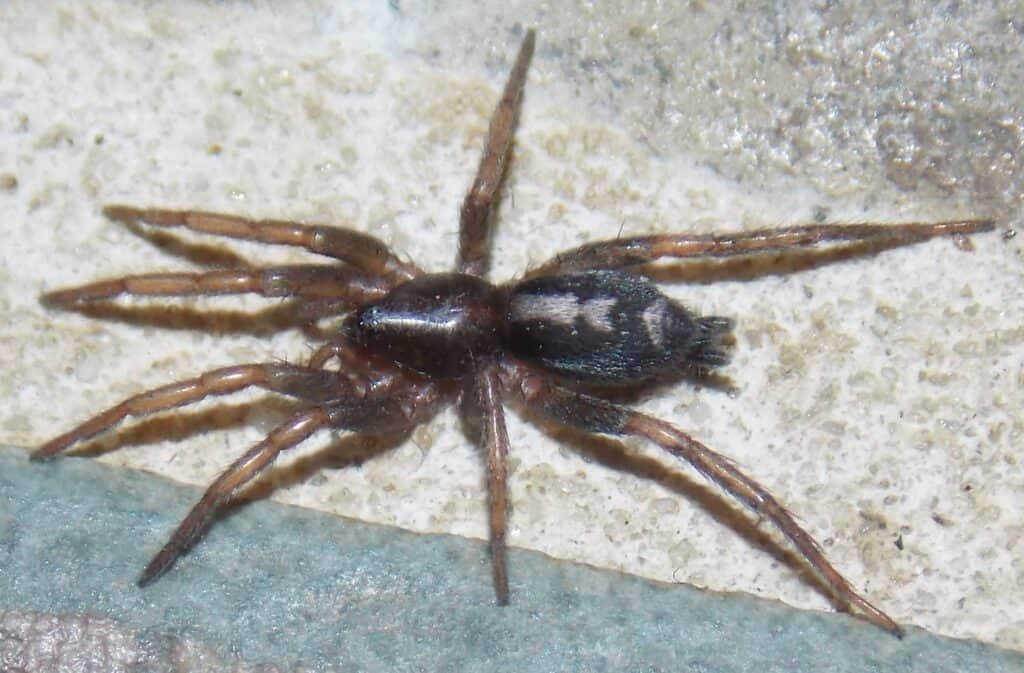West Virginia is home to some amazing creatures, like their state animal, the black bear. Because of how much wilderness the state encompasses, there are many different species that live there. One of the less popular inhabitants of the state is spiders. While a vast majority of spiders are non-venomous, for some reason people still fear and loathe the insects.
Spiders are an important part of the ecosystem. Their largest food source is insects, and they help keep those insect populations in check. By doing this, spiders actually help prevent disease and sickness from spreading through the insects they capture. So if you’re feeling good today, chances are there’s a spider to thank for that. The arachnids also serve as a food source for birds and some mammals. Even if you despise spiders, it’s clear these creatures are important for our ecosystem.
Love or hate them, it’s important to know how to correctly identify spiders. Certain species are venomous, while others are harmless helpers. Knowing the difference between the two can prevent a lot of unnecessary arachnid deaths.

It’s important to know which spider species are venomous, and which are non-harmful.
©Crystal Kirk/Shutterstock.com
Black Widow
Perhaps the most famous of the black spiders is the black widow. Feared by many, revered by some, this creepy crawler lives throughout the eastern U.S., including West Virginia. They are the most deadly spider in the state and are fairly easy to recognize. Their black bodies are an hourglass shape with a few red or orange markings on both sides of their abdomens. Female black widows are much larger than males, averaging 0.31 – 0.51 inches. Males usually grow to just 0.12 – 0.23 inches.
Both male and female black widows have long legs. Females usually have a round abdomen, while males have a more elongated abdomen. Spiderlings, or juvenile black widows don’t always have the same markings as adults, so they can be harder to identify. The spiderlings begin life a gray or white color, which gets darker with each molt. They also lack the red markings that adults have.
Black widows usually live in wood piles, basements, and crevices. These spiders are the most poisonous in the state, with venom about 15 times as potent as rattlesnakes. Of course, the tiny spiders have much less venom to inject compared to a rattlesnake. This is why black widow spider bites rarely cause fatalities compared to rattlesnakes. Also unlike rattlesnakes, their bite isn’t particularly noticeable. It usually causes a pinprick pain that may not even be recognized. Many people realize they were bitten by a black widow after it happens. After a black widow bite, the skin will become painful and begin swelling. After a few hours, the site will become extremely painful and the person may experience muscle aches, tremors, heavy breathing, and other issues with their nervous system. As long as proper medical attention and anti-venom are given once the bite is recognized, black widow bites are usually non-lethal.

Black widow spider bites rarely kill people, but it’s important to get medical attention as soon as you can because they can make you very sick.
©Sari ONeal/Shutterstock.com
Bold Jumping Spider
Bold jumping spiders are black and gray with orange spots on the top part of their abdomens. They are a unique species because they don’t build webs. Instead, they use their eyesight to hunt for prey. They have almost 360° eyesight. Bold jumping spiders prey on caterpillars, dragonflies, and other spiders.
These spiders live in agricultural areas, fields, woodlands, and around homes. Their name is a perfect description because they are bold and they will jump on people. They grow to around 0.24 to 0.59 inches in length. They don’t usually bite but they will if they feel threatened. Bites are usually mildly painful and don’t require medical attention.

Bold jumping spiders are one species that do not build webs.
©Sanimfocus/Shutterstock.com
Black Lace-Weaver
Black lace-weavers are usually found around houses and other man-made structures. They prefer dark, moist areas. They are very dark in color, generally appearing black, dark brown, or shades of red.
Like most spiders, females are larger than males, reaching 0.43 to 0.63 inches in length. Males grow to around 0.31 to 0.39 inches. They are a nocturnal species and usually build their blue-colored webs at night.
These spiders are known to bite humans. Their bite is described as being similar to a wasp sting, with dull pain of mild intensity. The pain usually reaches a peak after two hours and subsides completely after 12 hours.

Close-up of the
Amaurobius ferox, black lace-weaver spider.
©Federico.Crovetto/Shutterstock.com
Eastern Parson Spider
The eastern parson spider is usually found in and around homes, as well as inside wood piles. They are usually black but range in color to include brown and gray as well. They have small hairs on their entire bodies.
These spiders usually hunt without creating webs. Instead, they stalk their prey and attack them. They aren’t aggressive, but they will bite and their bites are painful. Luckily, their bites rarely require medical attention.

Eastern parson spiders range in color from black to dark brown.
©Fyn Kynd/Flickr – License
The photo featured at the top of this post is © Jay Ondreicka/Shutterstock.com
Thank you for reading! Have some feedback for us? Contact the AZ Animals editorial team.






